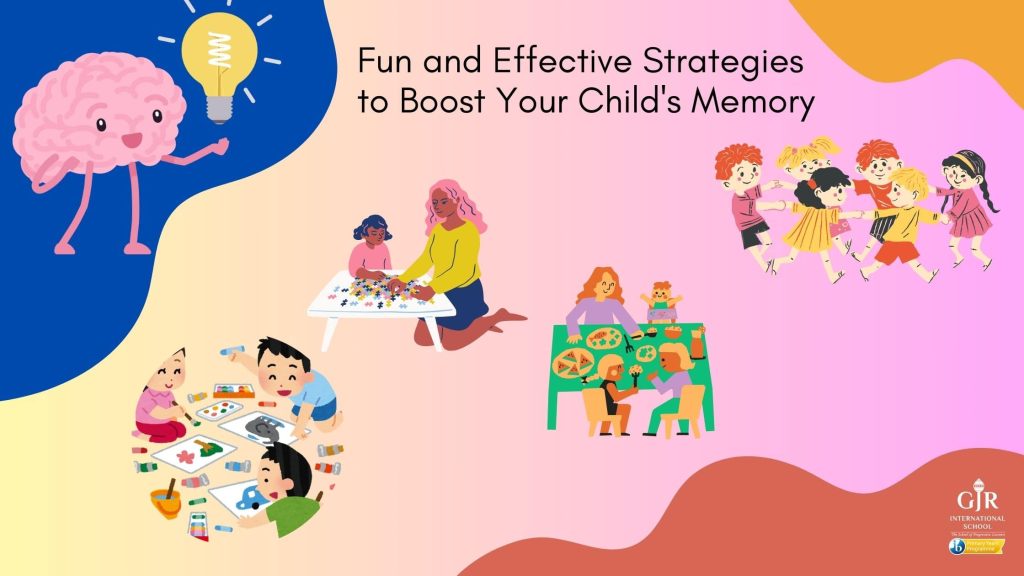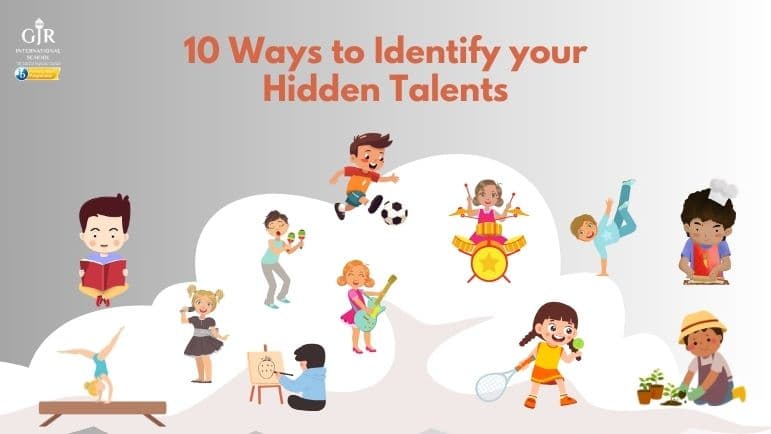7 Hacks to Wrap Up Homework Quickly
7 Hacks to Wrap Up Homework Quickly Do you parents frequently find that your kids hate doing their homework? The answer is probably no! Still, we all understand how important homework is for encouraging academic success and teaching students’ vital life skills. A student may become fearful of homework simply by hearing the word. Schoolwork comes easily to some people. They complete their assignments quickly and efficiently leaving them with lots of free time for leisure or play. For some doing homework is a terrible thing. It appears that they are unable to complete the task despite their best efforts. How to Ace Homework with Ease? Teach Your Child to Be Organized- Use planners or digital calendars to keep track of deadlines assignments and tests to stay ahead of the homework game. Planning like an expert is more important than just avoiding the last-minute rush. Get a planner or digital calendar to list all of your tasks and watch as your productivity soars and you remain on top of your game without missing a beat. Set a Timetable for Your Child- It’s wiser to schedule a specific time for your homework whether it’s right after school or later in the day. Don’t just binge-watch Netflix and hope for the best. Here consistency is key whether it’s in the morning right after school or in the evening following a routine guarantees an organized approach to completing assignments. Prioritize Tasks for Your Child- Struggling with homework? Students should prioritize their tasks according to deadlines and difficulty to help them handle homework like pros. To ensure effective use of time and maximize productivity start advising with the most difficult assignments when energy and focus are at their highest. Take Breaks- Remember to take breaks! Endless studying isn’t just ineffective, it’s boring. Take a 5-minute break every 30 minutes to recharge—scroll through socials or grab a snack. But, get back to work afterward. Breaks maintain focus and prevent burnout. Encourage students to rest and recharge between tasks with activities like stretching or a quick walk. Seek help When Needed- Encourage students to ask for help when they are stuck on an assignment from peers parents or teachers in order to get clarification and prevent getting more and more frustrated. With a focus on contextual concept comprehension homework extends what students learn in the classroom. Offering solutions could impede their learning process even though they might come to you for assistance. Rather assist them in overcoming uncertainty elucidate ideas and motivate them to come up with their own solutions for the best learning experience. Reward your child- Treat yourself to a little reward once your daily tasks are completed such as enjoying a delectable snack or a viewing of your preferred show. Celebrate accomplishments such as finishing homework independently or meeting project deadlines. A trip to the park or an enjoyable game session indoors can serve as a productive reward for hard work too. Maintain Positivity- When hitting the books remember to keep a positive attitude accept mistakes as learning opportunities and approach obstacles with a growth mentality. Aim for a minimum of 8 hours of sleep every night as this promotes focus and vitality. Your homework and grades will both benefit greatly from this increase! Convert Homework into a Blueprint for Success! When you start assignments early you minimize errors and reduce stress which will help you have a smoother ride. Are you ready to crush the drag or delay game? Students can develop excellent homework habits and acquire important life skills like perseverance and time management by using these tips which will help them succeed academically. Let’s rewrite the history of homework so that it becomes a springboard for success and lifelong learning rather than a chore.










